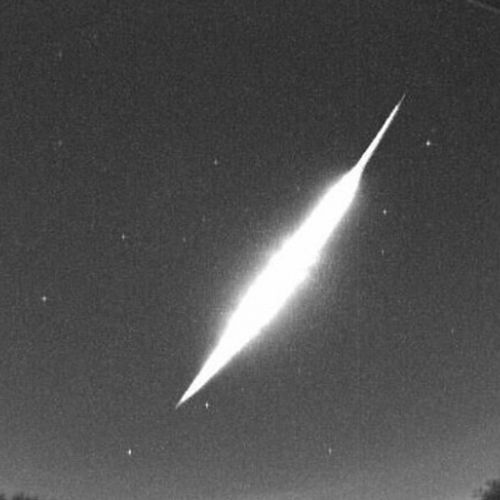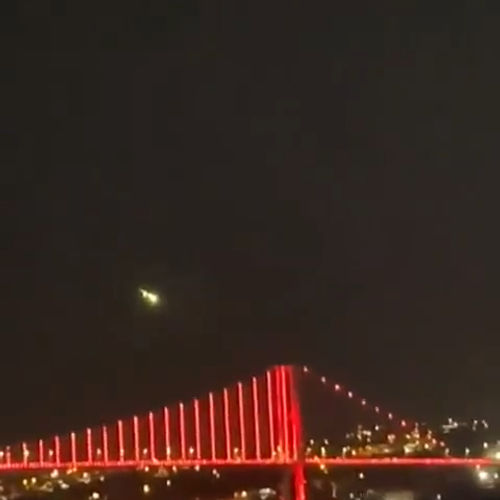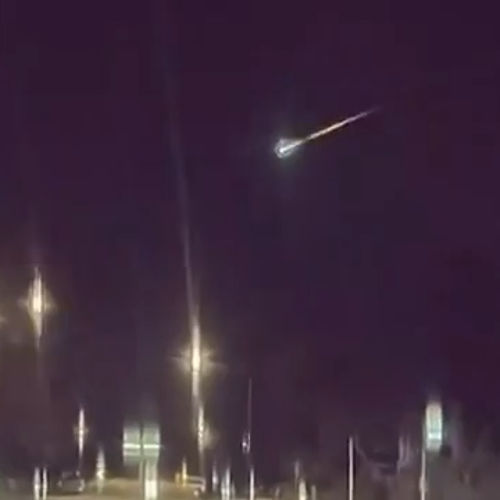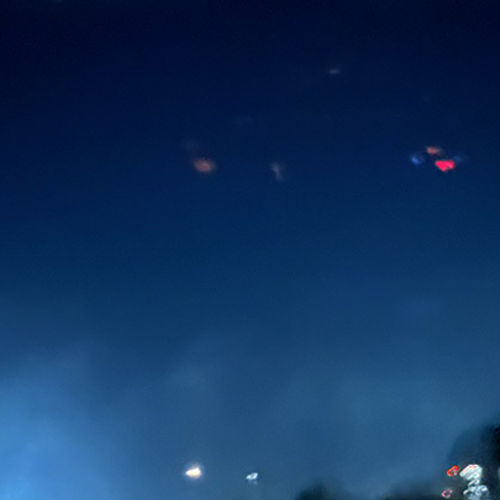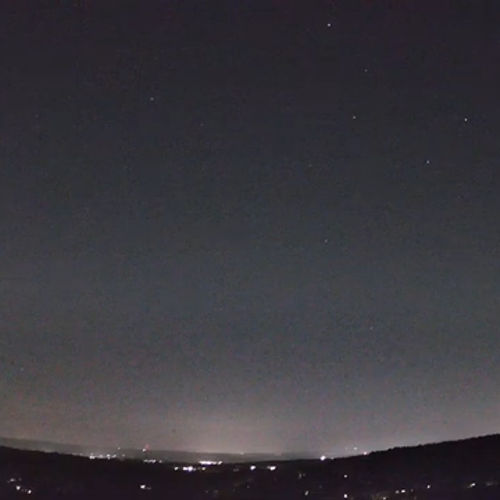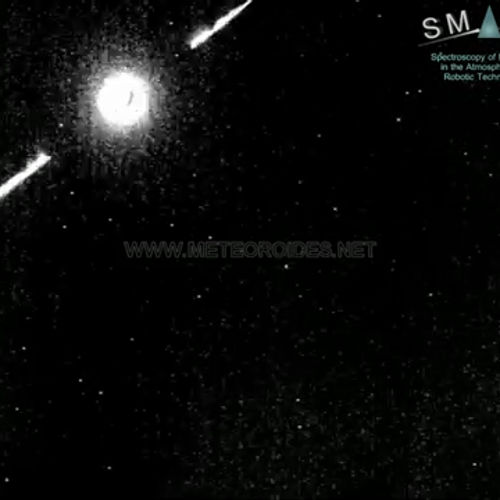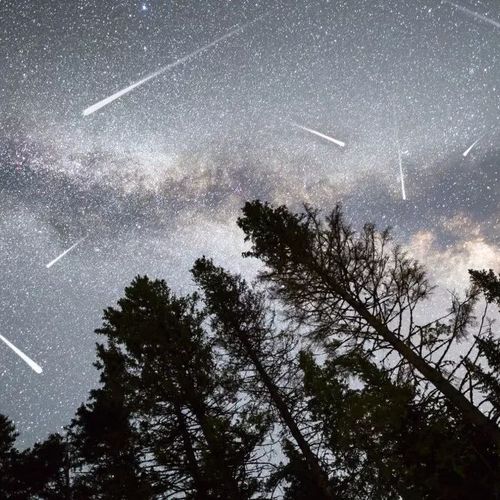
| Added | Wed, 28/12/2022 |
| Источники | |
| Дата публикации | Wed, 28/12/2022
|
| Версии |
The Quadrantid meteor shower, active from December 28 to January 12, will reach its maximum activity on the night of January 4. The number of meteors burning in the atmosphere during the first starfall of 2023 may reach 110 per hour, the press service of the Moscow Planetarium told TASS on Monday.
According to the forecasts of the International Meteor Organization, in clear weather it will be possible to see up to two "shooting stars" per minute, the astronomers said.
"The Quadrantid meteor shower, which operates from December 28 to January 12, will reach its maximum activity on the night of January 3 to 4. <...> The conditions for observing the Quadrantids in 2023 are unfavorable. The moon will strive for a full moon (7.01) and will significantly interfere with the observation of meteors," the planetarium said.
The Quadrantid meteor shower is named after the constellation of the Wall Quadrant. The radiant, which is called the meteor departure area, is located under the handle of the Ursa Major bucket in the constellation Volopas.
Новости со схожими версиями
Log in or register to post comments


